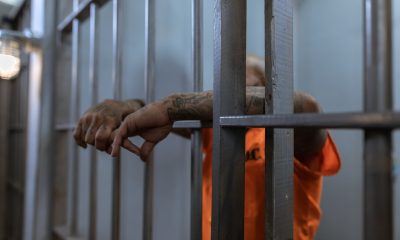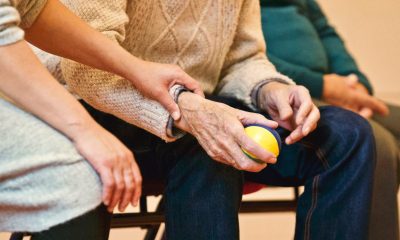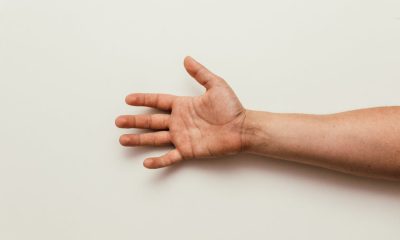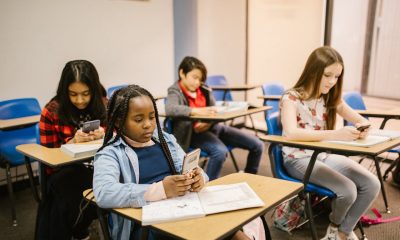A day at the beach: Deep learning for a child
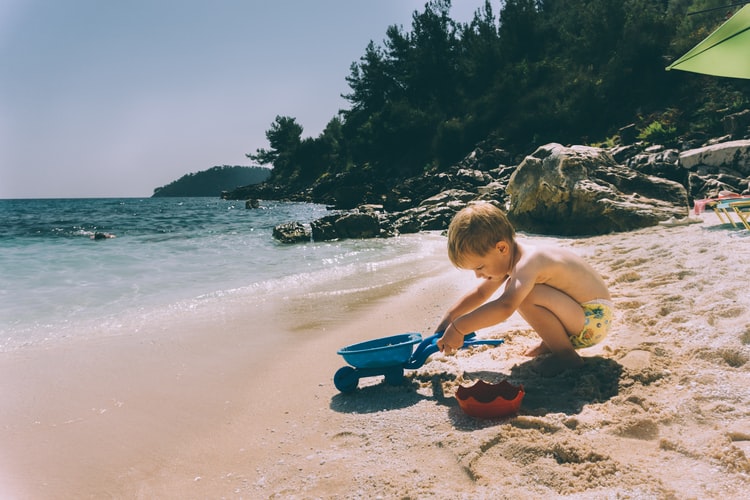
Sand sculptures crumble, but both memories and the experiences gained through play are foundational to one’s lifelong learning. As a parent or guardian, you can support the deep learning that happens through play throughout your child’s day, and later when you revisit treasured memories. (File Photo: Dragos Gontariu/Unsplash)
The beach offers a wide open playscape where children are fuelled by curiosity. Whether at the beach or elsewhere outdoors, it helps to take a moment to see the world through the lens of a child who is discovering the world anew, and slow down to be present.
Part of what happens through children’s play is the exhilaration of making choices. These choices, and their consequences, are part of the child’s emerging sense of agency and identity.
Children’s inquisitive minds crave opportunities that allow them to become designers, builders, mathematicians and innovators of their world.
Sand sculptures crumble, but both memories and the experiences gained through play are foundational to one’s lifelong learning. As a parent or guardian, you can support the deep learning that happens through play throughout your child’s day, and later when you revisit treasured memories.
Wide-open choices
The beach landscape is ever-changing, presenting challenges to overcome — and endless choices with which to experiment. Children’s author Douglas Wood beautifully narrates the precious thrill a child experiences in his book No One But You; he explores moments where children come to understand themselves and how they are uniquely connected to the world.
Design choices stretch beyond the horizon. Pools that children dig in the sand are tubs for dollies, watering holes for dinosaurs or giant castle moats. For children, the goal isn’t always a finished project. A child may be challenging themselves to dig deeper, pile higher or make winding paths for water longer.
Experiencing setbacks is a natural part of life, and when children try again or try something in a new way, they build their perseverance in addition to developing self-regulation. Learning and life are all about overcoming challenges, so understanding how to regulate oneself is foundational for psychological, physical, behavioural and educational well-being.
Stuart Shanker, professor emeritus at York University in psychology and philosophy, and an expert in self-regulation, summarizes self-regulation as “the way in which people manage stresses in their lives.”
When a child is filling and building, chasing seagulls and otherwise exploring the varied terrain of the beach, they are managing stresses that come into play. Sand castles may falter at an unanticipated time, waves may wash away a sandy message, wind and rain might dampen a plan and bridges may collapse.
The unpredictability of problem-solving lends itself to challenges, successes and failures.
Multisensory pathways
When children can run their fastest, managing the varied risks and stressors of the terrain, they stumble, roll and recover, realizing their physical capabilities. They are developing physical literacy, building their motivation, confidence, competence and disposition to pursue being active.
The beach is an an organic symphony of sound with the wind whistling, the waves lapping and the birds calling. The open sky, always changing, invites the clouds to be watched.
Suzy Lee’s wordless book Wave captures the rich drama and choreography of a child’s play day on the beach.
The beach presents a plethora of sensory choices with which to contend. Through these sensory engagements a child builds multisensory brain pathways and explores ways to live as part of the ecosystem.
Imagination is ignited when children explore the variety of textures, shapes and sizes of nature’s gifts. Pebbles, shells, sand grains and sticks offer multiple possibilities for being manipulated and moved. Mixing in a little water adds even more choice of colour and texture to the malleable medium.
Supporting learning with talk
Undoubtedly there will be conversations carried by the breeze.
“I did it! I DID IT! It’s flying!!!”
“Hey Wave! You can’t catch me!”
The late great British language theorist James Britton discussed how literacy floats on a sea of talk.
As adults around children, we can listen to and observe children’s rich talk. In a play-based learning environment, educators of young children support learning through talk. For example, the adult can linger on the sidelines, and without interrupting children’s play, when the opportunity opens up, the adult can help name what the child is demonstrating. Or alternately, the adult can invite the child to talk about their ideas. For example:
“You’ve really worked hard to dig that deep hole! I see how you worked together to keep the water out. Your faces sure look proud and you didn’t give up even when it was tricky, you tried again.”
“This looks very exciting! Can you tell me about what you are building?!”
Barbara Reid’s book Picture the Sky illustrates how the sky can evoke observation and conversation, and demonstrates how building on children’s talk leads to greater capacities to read the world.
Adults may notice that children are engaging in early mathematics experiences in ways that matter to them. You can help to name the math that comes to the surface in moments that won’t disrupt the flow of children’s play. For example:
“That hole looks even bigger! I wonder how many buckets of water it might take to fill it? Shall we count them together?”
Mucking around with a problem and making possible solution choices can lead to powerful learning.
Leaving the beach and at home
Even under the open sky, children are experiencing patterns as time passes and the sun’s position and shadows change.
Inevitably, the beach day must come to an end. This transition can be a stressor because the child is leaving something they have been enjoying.
Letting the child know it will be time to leave – for example, by setting a stopwatch alarm with your child — and talking about what needs to be done to clean up, creates time to prepare for the transition and opportunity to take ownership of a tidying role.
At home, in the days that follow, you can connect with your child as you revisit their play memories.
Tom Booths’ book Day at the Beach is sure to spark recollections of these shared moments. It explores how children find purpose and challenge themselves beyond what they know, learning along the way.
Making choices, encountering unexpected challenges and social experiences all help to build far more than sand castles!
——
This article is republished from The Conversation under a Creative Commons license. Disclosure information is available on the original site. Read the original article:
https://theconversation.com/a-day-at-the-beach-deep-learning-for-a-c




